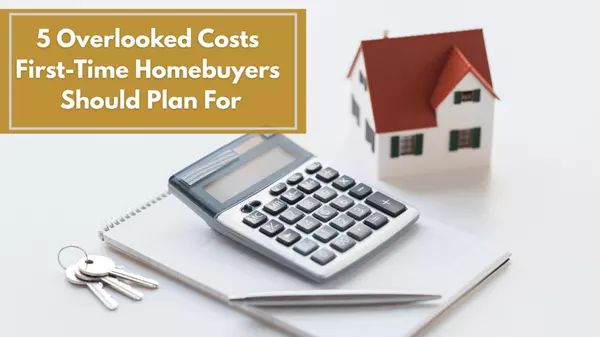Beyond the Listing: What Truly Matters When Buying a Home
Scrolling through endless home listings can feel exciting—beautiful photos, trendy finishes, and catchy descriptions. But when it comes to actually buying a home, what you see online is only part of the picture. Beyond the granite countertops and open floor plans, there are deeper, more practical factors that can make or break your buying decision. Let’s explore what truly matters when buying a home—beyond just the listing.
1. Neighborhood Quality and Livability
A home is only as good as the community it’s in. The neighborhood you choose impacts everything from your daily convenience to long-term property value. According to the National Association of Realtors (NAR), 78% of buyers said neighborhood quality was more important than the size of the home.
Key things to assess:
-
Commute times to work or school
-
Walkability to grocery stores, parks, and public transit
-
Noise levels and traffic flow
-
Safety: Check local crime data and talk to neighbors
-
School ratings even if you don’t have children—they affect resale value
2. Future Development and Zoning
The home might look perfect today—but what about in five years? Local zoning laws and upcoming developments can drastically change your surroundings.
Check for:
-
Planned highways or commercial buildings nearby
-
Potential rezoning that could allow apartments or businesses
-
Upcoming construction that could affect your view or peace
Tip: Contact the local planning department or check city council minutes for updates on proposed developments.
3. Home Inspection Results and Structural Health
Listings rarely reveal structural issues. A comprehensive home inspection can uncover costly red flags. According to Zillow, 15% of home purchases fall through due to inspection-related issues.
Make sure to review:
-
Roof age and condition
-
Foundation cracks or moisture in basements
-
Plumbing and electrical systems
-
Signs of mold, termite damage, or leaks
-
HVAC system age and efficiency
4. Affordability Beyond Mortgage
The listing price isn’t the whole cost. Homeownership comes with ongoing expenses that should fit comfortably into your monthly budget.
Factor in:
-
Property taxes (which vary by state and county)
-
HOA fees (if applicable)
-
Utility bills and energy efficiency
-
Maintenance and repair costs
-
Homeowners insurance (average in the U.S. is ~$1,428 per year)
Tip: Use the “28/36 rule” — no more than 28% of your income should go toward housing, and total debts should stay below 36%.
5. Resale Potential
Even if you’re buying your “forever home,” life changes. Always consider resale value. Choose a property with features future buyers will appreciate:
-
Good school district
-
Functional floor plan
-
Updated kitchen and bathrooms
-
Curb appeal and landscaping
-
Neutral finishes and modern appliances
Homes in good school zones often sell faster and at higher prices—Niche.com reports that homes near top-rated schools can sell for up to 49% more than average.
Final Thoughts
Buying a home is more than a transaction—it’s a life decision. While listings can show you style, it’s the unseen factors—location quality, long-term costs, structural health, and future potential—that truly matter. Take time to dig deeper, ask questions, and lean on professionals who can guide you beyond the pretty pictures.
Categories
Recent Posts











